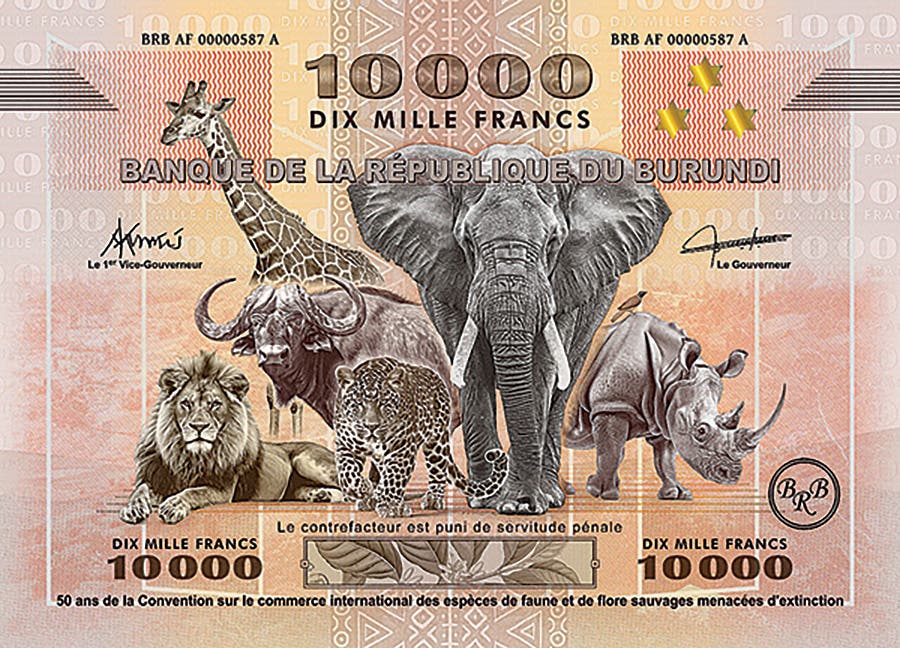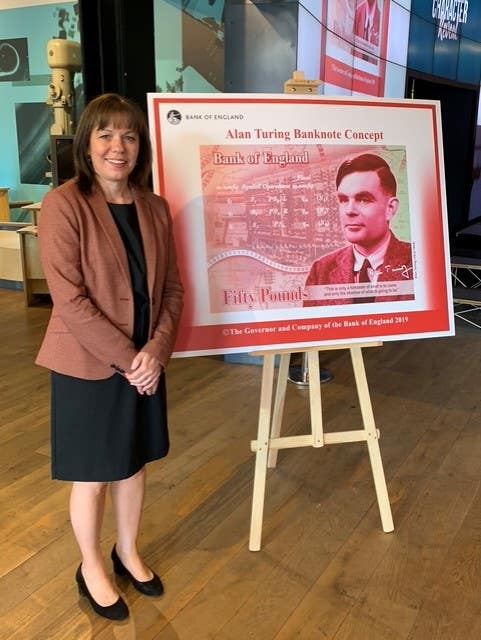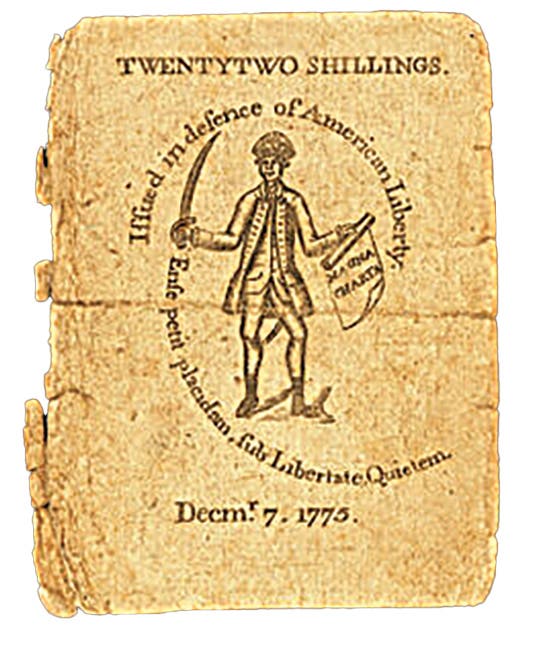India Bank Note Use Shifts
The use of India’s ₹2,000 (rupee) denomination bank notes is nose diving. On the surface this may appear to be strange, considering it is the highest denomination bank note in…
The use of India’s ₹2,000 (rupee) denomination bank notes is nose diving. On the surface this may appear to be strange, considering it is the highest denomination bank note in circulation. The exchange rate was ₹2,000 to $25.78 at the time this article was being written.
The ₹2,000 bank note denomination was issued for the first time in November 2016 following the demonetization of Reserve Bank of India notes of ₹500 and ₹1,000 values. The denomination was introduced to ensure sufficient value in physical currency was in circulation as the other two denominations were being dropped in an attempt to curb what the central bank called black money (money traded on the black market) and counterfeits.
The two denominations were dropped on short notice. Citizens were unable to redeem them, leading to a collapse of the economy despite the new denomination meant to be used as a replacement. An estimated 86 percent of all physical currency in circulation evaporated when the two denominations were dropped without any currency exchange arrangements being available. The public may have been caught off guard, but the media had been reporting in advance that this new value note was being printed in at the government printing office in Mysuru prior to the government’s announcement of the demonetization.
How well this change in currency denominations ever worked is questionable. New ₹500 bank notes were printed and released into circulation. The ₹1,000 denomination was discontinued. It appeared almost from the start the ₹2,000 notes might become nothing more than a quick fix.
India’s parliament was recently informed that as of March 30, 2018, 3,362 million ₹2,000 bank notes were in circulation, however as of Feb. 26, 2021 only 2,499 million were still in circulation.
Soon after the release of the new denomination several television news channels began reporting there was an embedded chip in each ₹2,000 note. These chips were allegedly being used to detect each notes’ location and identify the whereabouts of black markets.
This was followed by a government announcement: “The [Narendra] Modi government became suspicious that the high denomination currency note is being used for money laundering, tax evasion and hoarding.” This prompted the government to discontinue printing the new ₹2,000 notes in late 2018.
Officially bank notes in denominations of ₹2, ₹5, ₹10, ₹20, ₹50, ₹100, ₹200, ₹500, and ₹2,000 and coins in denominations of 50 paise, ₹1, ₹2, ₹5, ₹10, and ₹20 were legal tender at the time this article was being written.
According to the RBI annual report released on May 27, “In volume terms, ₹500 denomination constituted the highest share at 34.9 percent, followed by ₹10 denomination bank notes, which constituted 21.3 percent of the total bank notes in circulation as on March 31, 2022.”
The report continues, “In value terms, the share of ₹500 and ₹2,000 notes together account for 87.1 percent of the total value of bank notes in circulation as of March 31, 2022, as against 85.7 percent at [the] end of March 2021.”
The ₹2,000 denomination notes dipped from its high of 22.6 percent of the total value of currency in circulation to 17.3 percent at the end of March 2021 and declined further to 13.8 percent at the end of March 2022.
The RBI report adds, “The focus of currency management during the year continued making available adequate quantity of clean notes in circulation, especially in the backdrop of the second wave of the COVID-19 pandemic. The reserve bank made an attempt to gauge trends and preferences in public usage of bank notes with a view to optimize the currency management operations.”
The report did not report any changes to the coins in circulation, although it did identify the ₹5 as the most popular and the ₹1 as the least popular. For practical purposes the 50 paise does not circulate. Coins are produced at government owned mints in Hyderabad, Kolkata, Mumbai, and Noida.








